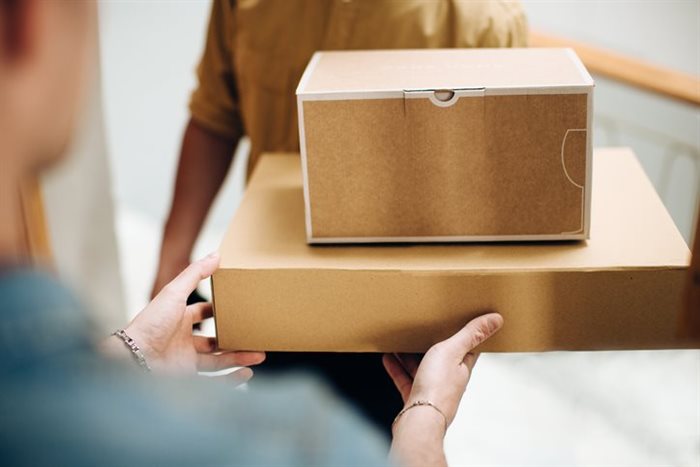
But as familiarity with e-commerce services continues to grow so will consumer expectations around delivery, in particular, delivery times, Euromonitor International consultant Bob Hoyler said during a webinar presented by the company this month.
Reducing delivery times for certain product categories, especially food and beverage, will be key to e-commerce growth. “With e-commerce penetration surging, product categories that have been somewhat insulated from the rising tide of e-commerce, like food and beverage, have become more appealing for consumers to order online,” said Hoyler.
According to Euromonitor’s Voice of the Consumer: Digital Survey carried out in 2021, the share of digital consumers reporting that food and beverage constituted a typical online purchase increased from 48% in 2020 to 54% in 2021 – a considerable jump in just one year, Hoyler pointed out.
Despite heightened e-commerce growth, slow delivery times remain a massive impediment to the uptake of delivery services. In the same survey, 42% of global digital consumers said that longer than expected wait times remain a common challenge for them.
“Many consumers feeling like they cannot attain goods via delivery in a timely fashion is holding back the potential of online sales growth,” Hoyler commented.
Even before the pandemic, the on-demand culture permeated consumer life and contributed to consumer expectations of speedier delivery.
In addition, Hoyler explained that the rapid pace of global urbanisation, especially in Africa, Asia Pacific and the Middle East, has also influenced expectations. “The rural consumer often lives in remote locations where logistics services can’t support rapid delivery. By moving from the countryside to the city these consumers can now take advantage of these digital services.”
Another influencer driving transformed expectations is the gig economy, as the independent contractor model it employs makes it easier to operate delivery services with cheaper labour costs, making inexpensive on-demand delivery more achievable.
Lastly, Hoyler said that where legacy retailers have not been equipped to handle rapid delivery in the past, third-party delivery startups have emerged to fill this gap. Locally in South Africa, we’ve witnessed some of the country’s largest supermarket retailers launching rapid delivery services, with Checkers Sixty60 promising delivery within an hour.
Abroad, nimble third-party delivery startups such as GoPuff in the US and Rappi’s Turbo Fresh service in Latin America, are delivering in as little as 10 minutes.
Hoyler said that many delivery startups around the globe are able to achieve success at lightning-fast deliveries as they own and operate their own distribution centres strategically positioned close to where end consumers are located. In Rappi’s case, deliveries are carried out within 1.5km of the customer.
Hoyler unpacked the trends that Euromonitor International expects will emerge or strengthen over the coming years.
Legacy retailers will build ultra-fast delivery infrastructure of their own: Hoyler said that retailers won’t be content ceding control of the delivery space to third-party players like small disruptors and delivery aggregators, and will leverage their own brick and mortar stores and distribution expertise to build proprietary infrastructure to offer rapid delivery options. This will result in further disruption and competition for independent retailers such as corner stores.
The viability of current labour practices will be increasingly tested: As consumer expectations grow more demanding the burden placed on workers that have to execute fast delivery will become heavier. The gig economy and the business model it employs are already facing questions around long-term sustainability, particularly as workers demand fairer compensation and benefits.
Dark stores are the way of the future: The new wave of ultra-fast delivery players has found that the key to fulfilling 10-minute delivery guarantees is to position products as close to end consumers as possible. Dark stores will play a crucial role in fulfillment and delivery, leading to a new battle for share of real estate to house inventories that can reach consumers in a matter of minutes.
Consumers will use ultra-fast deliveries to bring back impulse purchases: By the end of 2022, many urban consumers will have access to delivery windows as short as 10 minutes, and customers will use online ordering for something novel - like impulse purchases. "Shoppers will use the internet to obtain these products near instantaneously, in much the same way they would have picked up a candy bar or soft drink in a physical store," Hoyler concluded.
